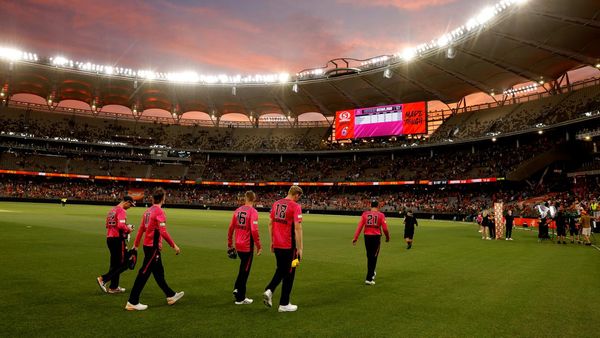
Every year or so, some struggling news media organisation takes a look at the way the News/Fox model has come to dominate right-wing resentment media across much of the Anglophone world and thinks: we sure could have us some of that.
For a broadcaster, what’s not to like? An ageing stay-at-home demographic that embraces the call and response of populist right-wing media and the big personalities who shape it. It’s the last audience segment that can be relied upon to watch lots and lots of linear television, hour after hour, day after day.
The most recent to have a go? The old guard of US cable news networks: CNN. Looking across at its cable competitor, CNN saw an audience falling out of love with Fox, yet not that keen on the (usually streamed) Newsmax or the pool of podcasts from talking heads such as Steve Bannon.
Before last year’s takeover to form Warner Bros Discovery, the incoming owners were already talking up a Fox-lite model. Major shareholders and (long-time Murdoch frenemy) John Malone said he thought CNN could learn from Fox’s reporters. Once the merger was done, new management canned its media program Reliable Sources, sacking reporter and Fox critic Brian Stelter.
New network head Chris Licht promised a reset with Republicans. According to June’s dissection in The Atlantic of how that reset failed to gel, Licht told insiders the right had been alienated by CNN’s hostile approach to Donald Trump and “craved sober, fact-driven coverage”.
As the Dominion Voting Systems case revealed, this got Fox back-to-front. Its cable audiences weren’t looking for facts. They were looking for confirmation bias. More importantly, in the US at least, right-wing media don’t get to own the audience. They just get to borrow them — from Trump.
As CNN went on to find out, the borrowing costs can end up bankrupting you — first morally, and then in the ratings. Hosting a Trump town hall packed with MAGA enthusiasts in March ended up trading a one-night hit of Trumpists passing through for the once-reliable audience of regular news watchers.
As a result, by the end of the most recent quarter, CNN found itself slumped in a distant third place in the cable news race, far behind Fox (still down with its post-Tucker Carlson blues) and a surprisingly resurgent, more liberal MSNBC.
That angry, ageing demographic is not as attractive as it once looked. It is small, declining, with plenty of alternatives, including now in social media: a major study of Facebook users last month found that conservative news sources dominate the platform. Moreover (as we’re discovering with the Voice) those conservative networks are also where 97% of fake news is read, liked and shared.
The decline — near collapse — of CNN marks a big turn in mass media. It launched in 1980 as the first of what would become now ubiquitous 24/7 news at the moment when 1970s technological change and US deregulation turbocharged cable to the dominant means of delivery in the US. (The power of Australia’s free-to-air oligarchy meant it would be another 15 years before pay TV and 24/7 news came here.)
The modern format remains shaped by the early CNN experiment. For instance, turning a story into a media event by the sheer power of repetition (which perhaps dates from the Challenger disaster) or the combative two sides talk show (started with Crossfire in 1982) which, in the continuing bane of panel shows such as the ABC’s Q+A, prioritises the heat of the political clash over the light of, you know, news. Not to mention news creation through longform political town halls and debates, which in turn created the modern telegenic political controversialist starting with independent Ross Perot in 1992.
In a medium-is-the-message way, these innovations flowed through (and continue to shape) both broadcast news and democratic politics. (The recent ABC drama The Newsreader is a fictionalised telling of how these changes rolled over 1980s Australia.)
Despite its significance to global news, the decline of CNN would be a weird “only in America” type of story, but there are lessons for Australia. The ABC seems set on making the same mistakes in facing the News Corp challenge as CNN has with Fox. Just this past week, we saw the dangers when the public broadcaster let The Australian’s front page set the news agenda, with the masthead’s nonsense panic about treaty running through the ABC’s programming, all the way to Sunday’s Insiders.
It’s no secret that the ABC is already struggling to gain younger audiences. The more it leans into News, the harder it will find ever winning over that post-Mabo audience that will, soon, be a majority of Australians.
Should the ABC just stick to its own agenda and stop trying to draw in a younger crowd? Let us know by writing to letters@crikey.com.au. Please include your full name to be considered for publication. We reserve the right to edit for length and clarity.







